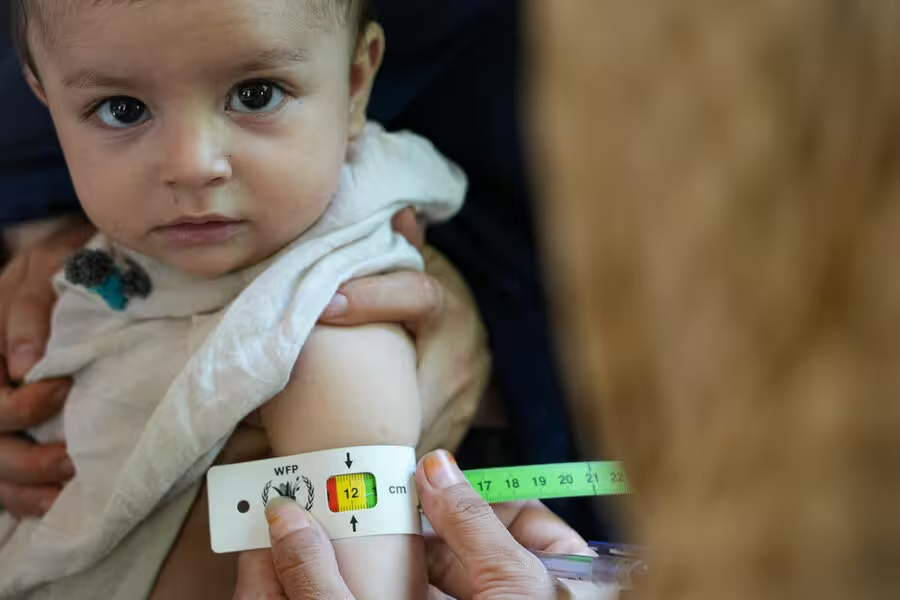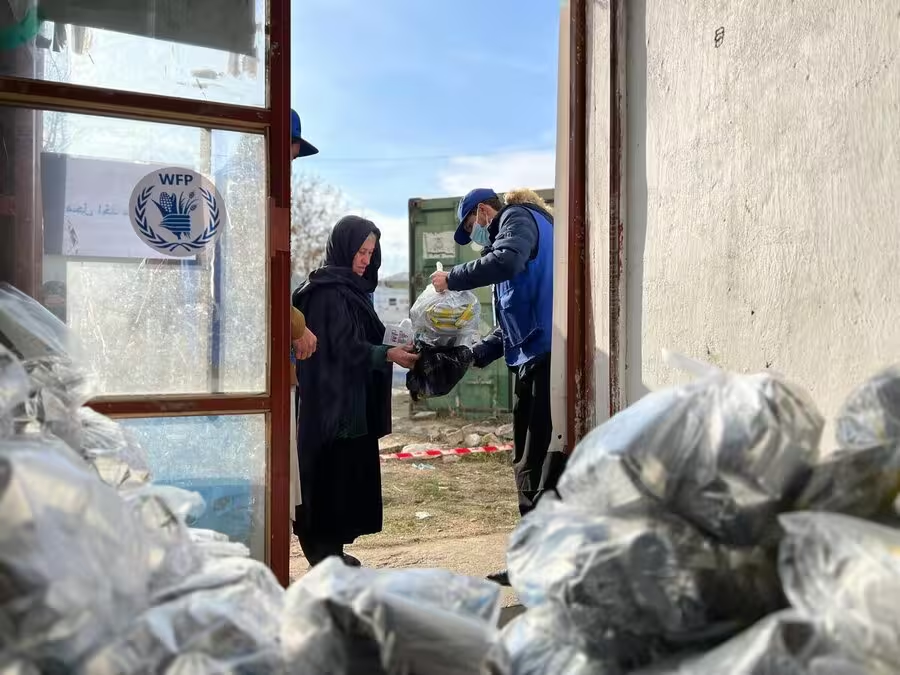Nearly one-third of Afghanistan’s population—around 15mn people—urgently require emergency food assistance to survive, as funding shortages severely impact relief efforts, according to World Food Programme (WFP). With eight out of ten families unable to afford a minimally nutritious diet, and three-quarters resorting to borrowing money for basic groceries, the crisis is worsening.

At the Nutrition4Growth summit in Paris, global leaders are discussing solutions, but on the ground, aid workers are witnessing growing desperation.
Mona Shaikh, Head of Nutrition for the WFP in Afghanistan, warns of an alarming rise in malnourished women and children seeking treatment.
“We are seeing more and more women and children coming to clinics. Many of these mothers are very young,” she says.
Last year, WFP supported nearly 10mn women and children across Afghanistan, including treating malnutrition in 1mn mothers and 1.4mn children. However, funding cuts mean two-thirds of female-headed households cannot afford essential nutrition, 20% more than male-headed households.
The situation is set to deteriorate further, with an estimated 3.5mn Afghan children expected to suffer from malnutrition in 2025—the highest number in four years. Additionally, 1.2mn pregnant and breastfeeding mothers urgently need nutrition support.

Women and children are particularly vulnerable, yet WFP has been forced to reduce coverage, now only supporting children under two years old instead of the previous age range of six months to five years.
“We are struggling,” says Shaikh. “Pregnant and breastfeeding women receive just half the food they need to prevent malnutrition.”
WFP had to cut general food assistance for 10mn people in 2023, despite earlier progress in stabilizing malnutrition rates. Instead of further reductions, numbers are once again rising.
Currently, WFP can only provide emergency food aid to just over 6mn people per month, far short of the 15mn in need. Eligible individuals receive either food rations or cash aid, while households with young children and pregnant or breastfeeding mothers are provided with specialized nutrition. Without further assistance, millions risk losing access to vital food support.
WFP is said to require $555mn over the next six months to sustain vital food programs, including emergency assistance, malnutrition treatment, school feeding, and vocational training for women. Without it, lifesaving interventions will be at risk, worsening the humanitarian crisis.
“Sustainability comes from strengthening prevention,” Shaikh emphasizes. “But when funding cuts come, we have to cut down on prevention, which is the opposite of what should be happening. You cannot cut the life-saving side of the programme.”
Follow Daryo's official Instagram and Twitter pages to keep current on world news.
Comments (0)